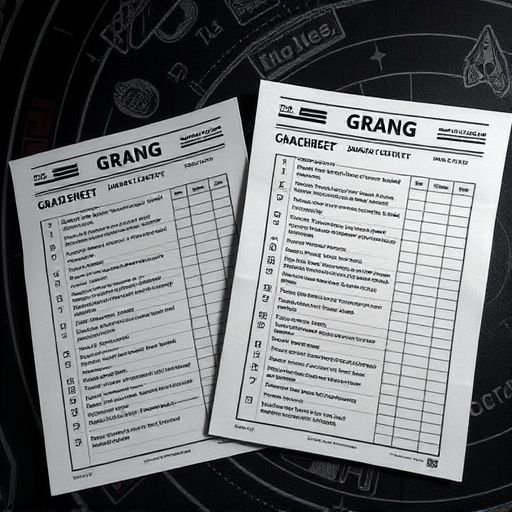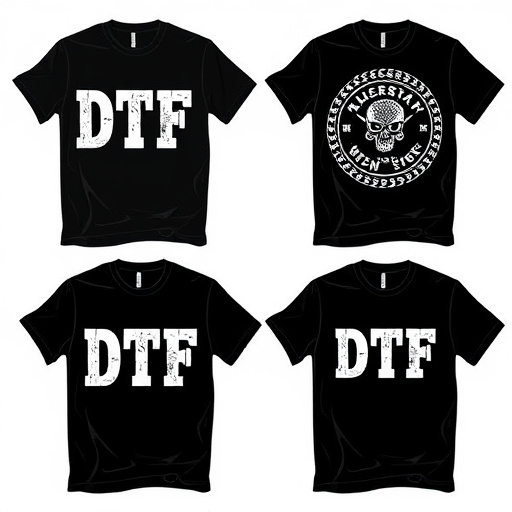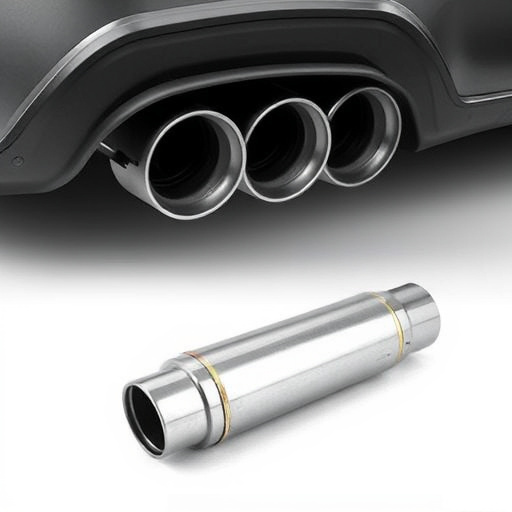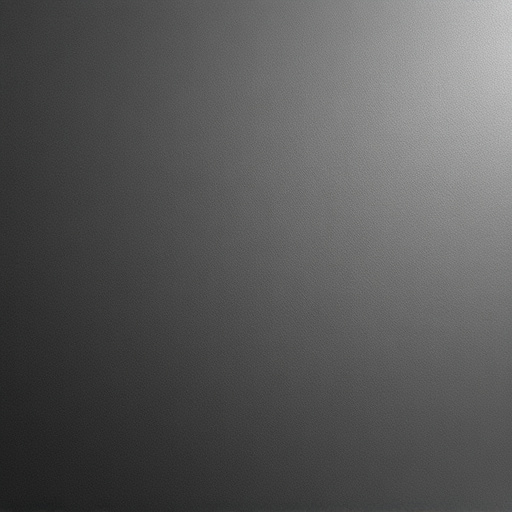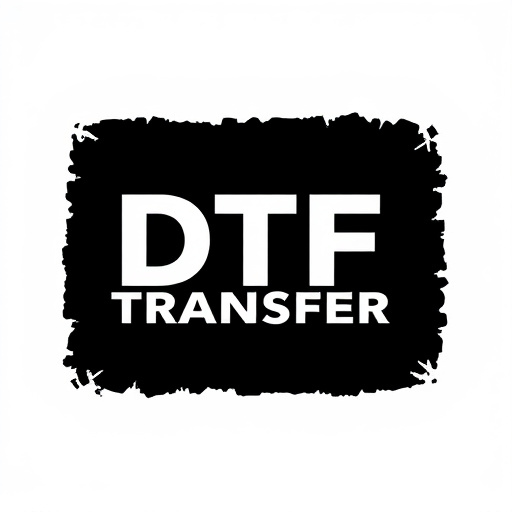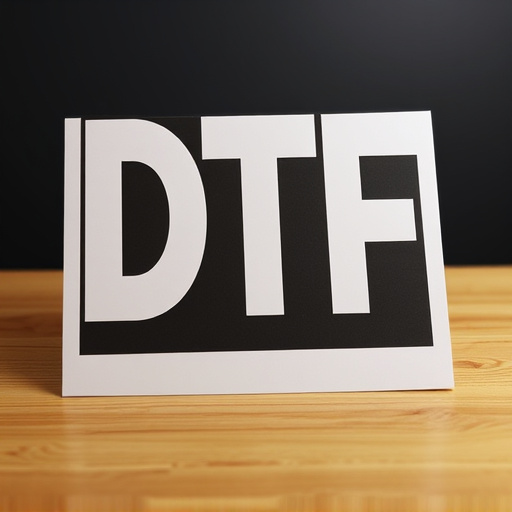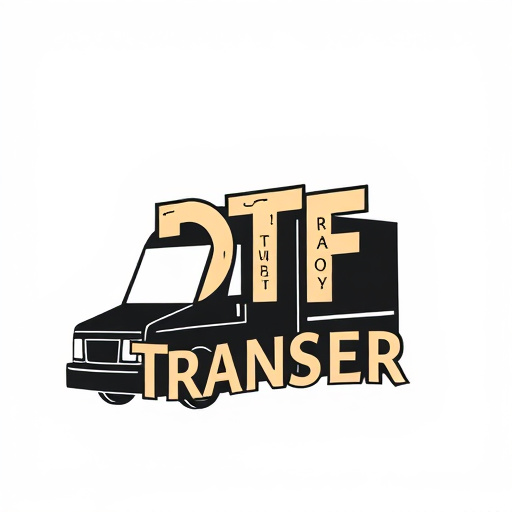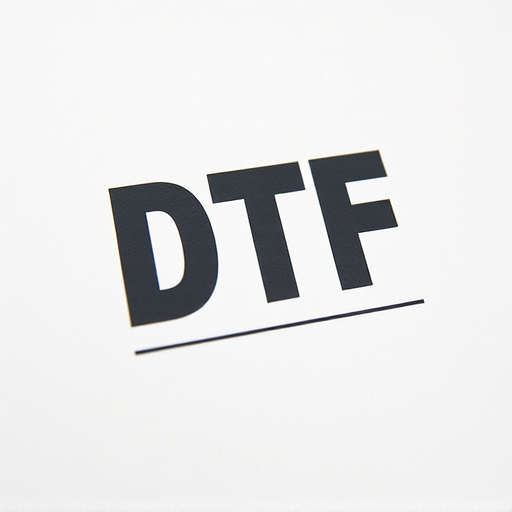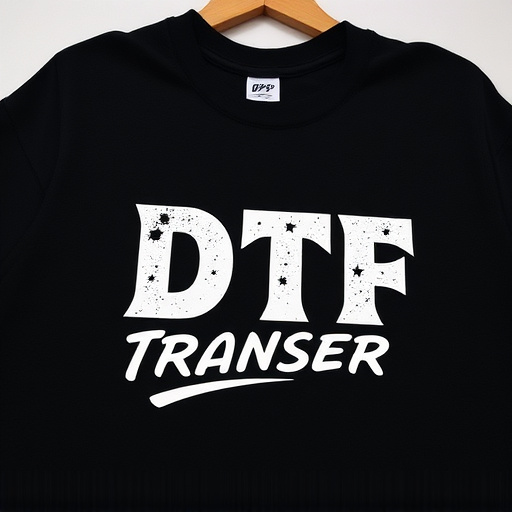Direct-to-Film (DTF) printing is a modern, efficient, and versatile screen printing alternative that streamlines production with precise color reproduction and faster turnaround times. It's ideal for short-run projects on diverse materials like textiles, plastics, and ceramics, offering a cost-effective solution for promotional items, apparel, and signage. Compared to traditional screen printing, DTF eliminates the need for multiple screens, making it faster and easier while accommodating intricate designs. Choose DTF for quick, versatile prints or traditional screen printing for bulk orders with meticulous detail and superior color accuracy.
“In the realm of printing, Direct-to-Film (DTF) technology has emerged as a modern game-changer, challenging the traditional screen printing method. This article explores the evolving landscape of print production by comparing these two techniques. We delve into the intricacies of DTF Printing, its digital roots, and how it differs from the established screen printing process. Understanding their key distinctions, advantages, and applications will help businesses choose between these methods for optimal results.”
- Understanding Direct-to-Film (DTF) Printing: A Modern Approach
- Traditional Screen Printing: The Established Method
- Key Differences: Techniques and Equipment Used
- Advantages of DTF Printing: Quality, Versatility, and Speed
- Applications and Industries Benefiting from DTF Printing
- Choosing Between DTF and Traditional Screen Printing: Factors to Consider
Understanding Direct-to-Film (DTF) Printing: A Modern Approach
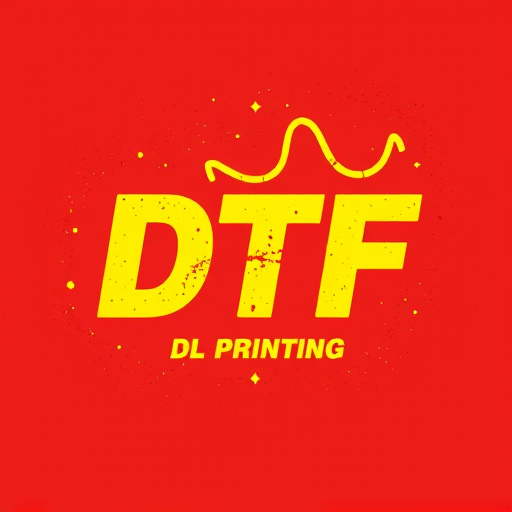
Direct-to-Film (DTF) printing is a cutting-edge screen printing method that has taken the industry by storm. Unlike traditional screen printing, which requires setting up individual screens for each design, DTF offers a streamlined process. It involves transferring ink directly from a digital file onto a substrate using a specialized machine. This modern approach eliminates the need for multiple screens, making it an efficient and cost-effective solution for both small and large-scale production runs.
DTF Printing has revolutionized the way businesses approach custom printing, particularly for promotional items, apparel, and signage. Its precision and versatility allow for intricate designs with vibrant colors, ensuring exceptional quality. Moreover, DTF’s ability to print on a variety of materials, including fabric, paper, plastic, and metal, makes it an attractive option for diverse applications. This technology is widely adopted due to its speed, ease of use, and the potential to reduce waste, making it an eco-friendly choice in the printing industry.
Traditional Screen Printing: The Established Method
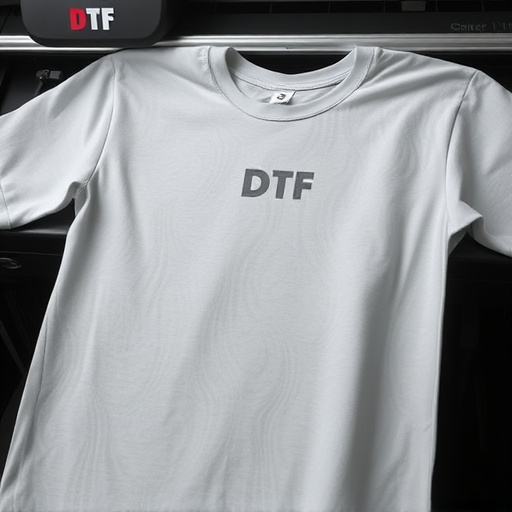
Traditional screen printing has been around for decades and remains a popular method in the print industry, often serving as the established benchmark against which newer techniques like DTF (Direct-to-Film) printing are measured. This conventional approach involves creating a stencil on a mesh screen, which is then used to transfer ink onto the desired substrate. The process demands skill and precision, with each color requiring a separate screen setup. Despite being labor-intensive, traditional screen printing offers exceptional results, particularly for bulk orders, as it ensures consistent quality and allows for intricate design details.
This time-tested method is renowned for its durability and ability to produce vibrant prints on various materials, making it a go-to choice for many businesses and artists. While DTF printing has gained traction due to its efficiency and versatility, traditional screen printing remains indispensable in situations requiring high-quality, detailed artwork with specific material compatibility, solid color reproduction, and long-lasting durability.
Key Differences: Techniques and Equipment Used
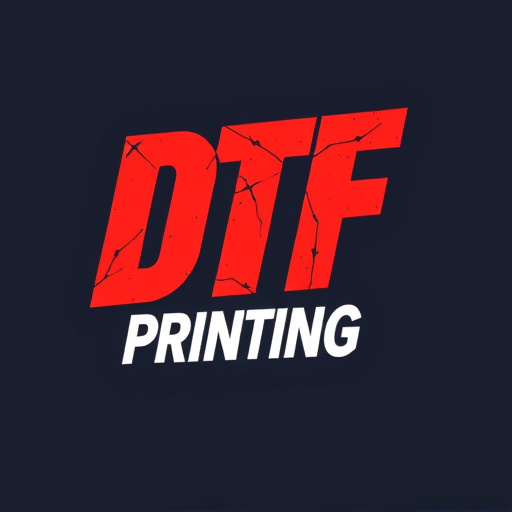
Direct-to-film (DTF) printing and traditional screen printing are distinct methods with unique approaches to creating printed designs on various surfaces. One of the primary key differences lies in their techniques and equipment. Traditional screen printing involves setting up a physical silk or polyester screen, which is then blocked off to create the desired design. The ink is pushed through the open areas of the screen onto the substrate below, resulting in a vibrant, durable print. This method requires skill and precision to ensure the proper amount of ink passes through, allowing for fine detail and multiple color layers.
In contrast, DTF printing uses modern technology by eliminating the need for screens. It directly applies ink onto the surface using advanced printers that precisely deposit pigmented inks in a layer-by-layer process. This technique offers a faster turnaround time and is particularly advantageous for short-run or on-demand projects. DTF printers can produce high-resolution prints with vibrant colors, making it a preferred method for dynamic, full-color designs that were once more challenging to achieve with traditional screen printing methods.
Advantages of DTF Printing: Quality, Versatility, and Speed
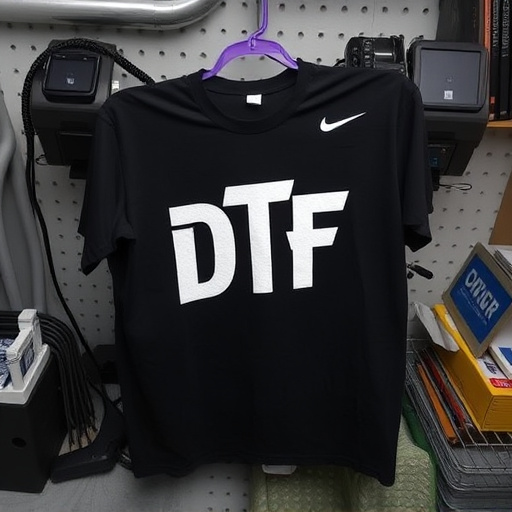
Direct-to-film (DTF) printing offers several advantages over traditional screen printing methods, making it a popular choice for many businesses and designers. One of its key strengths lies in the consistent quality it delivers. DTF Printing ensures precise color reproduction and sharp details, even on complex designs, which is often challenging to achieve with screen printing, especially for smaller orders or unique artwork.
Additionally, DTF Printing boasts remarkable versatility. It can be utilized for a wide array of print media, from textiles to plastics and even ceramics. This adaptability allows designers to experiment with various surfaces and create truly one-of-a-kind products. Moreover, the speed at which DTF Printing operates is significantly faster than traditional methods. The direct application to the substrate eliminates the need for setting up screens, making it an efficient choice for urgent print jobs or when working under tight deadlines.
Applications and Industries Benefiting from DTF Printing
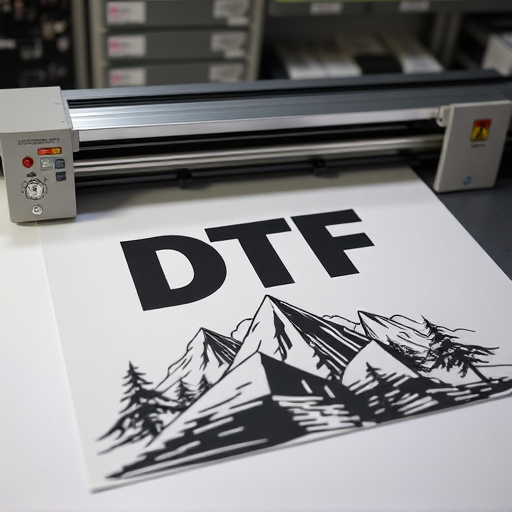
Direct-to-film (DTF) printing has found its niche in various industries, offering a modern twist to traditional screen printing. This innovative method is particularly well-suited for short-run, on-demand printing projects, making it a game-changer for businesses seeking quick turnaround times. From promotional merchandise to custom apparel, DTF allows for intricate and detailed designs with vibrant colors, appealing to a wide range of clients.
The applications of DTF Printing are vast, encompassing everything from marketing and advertising agencies creating branded merchandise to small businesses personalizing items for events. It also proves invaluable in the e-commerce sector, enabling online retailers to offer unique, custom-designed products. Additionally, its precision and versatility make it a preferred choice for printing on various materials, such as fabric, wood, paper, and even metal, opening up endless possibilities for creativity and innovation.
Choosing Between DTF and Traditional Screen Printing: Factors to Consider
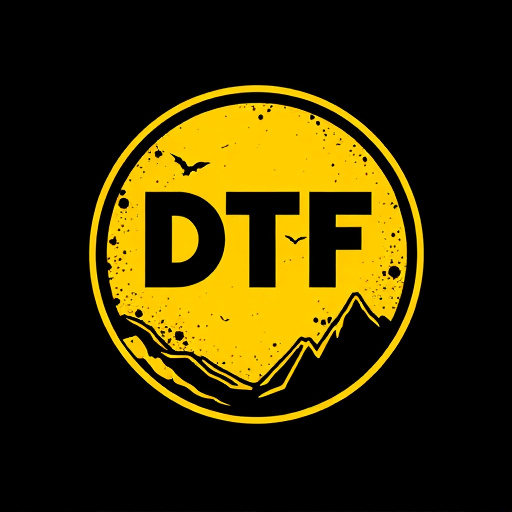
When deciding between DTF (Direct-to-Film) printing and traditional screen printing, several key factors come into play. Each method has its unique advantages and drawbacks, catering to different needs and preferences in the print industry. DTF offers a straightforward process where designs are printed directly onto various surfaces using high-resolution printers, eliminating the need for physical screens. This makes it highly versatile, suitable for short runs, and ideal for printing on unconventional materials like plastics, metals, and even textiles.
On the other hand, traditional screen printing involves creating a stencil on a fine mesh, which is then used to transfer ink onto the desired surface. It excels in bulk production runs, offering excellent color accuracy and vibrant results. However, it requires more setup time and specialized equipment, making it cost-effective for larger orders but less efficient for smaller, more intricate prints. Moreover, traditional screen printing may not be as adaptable as DTF when it comes to unique substrate options, limiting its use cases in certain industries.


